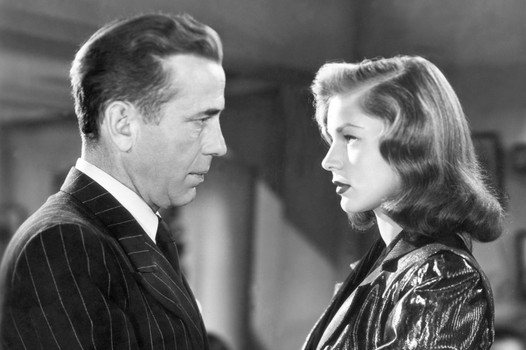
An exceptionally rich and cherished period in American Film History, Classic Hollywood brought us many timeless and unforgettable gems, such as Casablanca and Gone with the Wind, just to mention a couple. Unfortunately, their world-wide fame and acclaim has somewhat overshadowed other great achievements in filmmaking from the era.
This article lists only 20 productions from the 1930’s through the 1950’s that deserve more recognition, either for their technical or artistic qualities.
In this regard, it is worth noting that the selection of titles was made in an attempt to encompass a variety of genres and styles, but no account could ever claim to point all undervalued movies from any time period. Thereby, please keep in mind that this is not a ranking and the films are arranged in chronological order.
1. The Scarlet Empress (1934)
![Title: SCARLET EMPRESS, THE ¥ Pers: DIETRICH, MARLENE ¥ Year: 1933 ¥ Dir: VON STERNBERG, JOSEF ¥ Ref: SCA021AO ¥ Credit: [ PARAMOUNT / THE KOBAL COLLECTION ]](https://www.tasteofcinema.com/wp-content/uploads/2016/04/The-Scarlet-Empress-1934.jpg)
Josef von Sternberg and Marlene Dietrich made seven films together. Although incontestably unique on their own, it’s evident they all feature the same sophisticated visual style, often gravitating towards the bizarre; a trademark of the director’s work.
Many times unjustly disregarded in face of their most famous collaborations, The Scarlet Empress presents a disturbing look at the life of Catherine the Great and it just might be von Sternberg’s most luxurious exercise in filmmaking.
Notwithstanding its biopic status, the film is completely uncompromised with the reality of facts; the viewer is presented, instead, with an artificial world where almost every shot feels overly-composed, but surreally beautiful thanks to Sternberg’s legendary cinematography.
Grotesque, over-the-top, but quite simply fascinating, this 1934 production is so utterly stylized it leaves you wondering how did it even manage to get made in the highly controlled setting of the studio system, where a plot-driven story was an almost obligatory requirement.
2. Libeled Lady (1936)
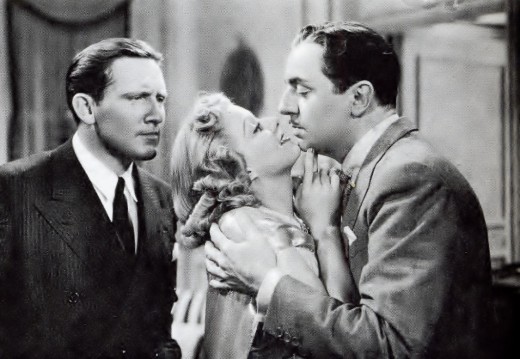
The Thin Man’s famed couple, Myrna Loy and William Powell, star alongside MGM headliners Jean Harlow and Spencer Tracy in an unsung screwball gem from the 1930’s.
The witty script follows newspaperman Haggerty (Tracy) and his fiancée Gladys (Harlow) trying to avoid paying a 5 million dollar fine to a socialite (Loy) for printing a false story. They set up a madcap scheme that involves Gladys marrying Bill Chandler (Powell) and the latter seducing Loy, but things soon spiral out of control.
The deliciously insane plot is even madder and funnier than it sounds and it’s simply a dream to watch the four lead stars together. There are all sorts of twits and gags involved and the high-value production costs make up for a hilarious film that also manages to look good.
All in the main cast have their moment to shine, but Harlow is the unquestionable show-stealer. Her comical genius and charisma are at their peak and it’s heartbreaking to think she would be dead within a year. Thankfully, modern audiences can still enjoy her films and Libeled Lady is possibly the best of them all.
3. Captains Courageous (1937)
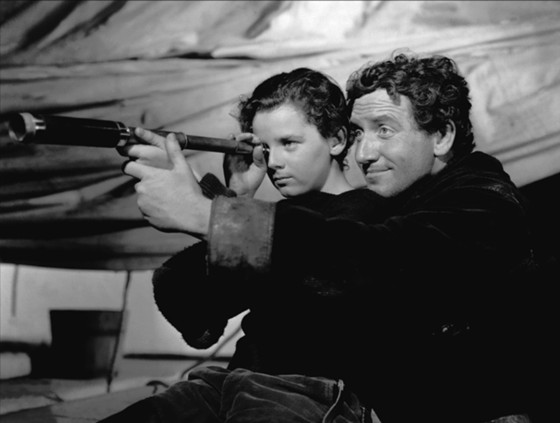
As epic as it is moving, Victor Fleming’s version of Rudyard Kipling’s novel about personal growth, not only does the book justice, but it expands its emotional power thanks to the phenomenal MGM acting team involved.
Freddie Bartholomew is the spoiled son of wealthy and absent father Melvyn Douglas. After falling overboard from a ship, the boy is rescued by a fishing boat with a crew including Mickey Rooney, Lionel Barrymore and Spencer Tracy.
As the Portuguese fisherman Manuel, Spencer Tracy won his first Oscar, proving why he is often cited among the best actors of all time. Many in his place could have easily overdone the sentimentality of the role, Tracy, instead, naturally balances lightheartedness, nobility and a down-to-earth attitude that rapidly charms Bartholomew into becoming a selfless and good-natured boy.
An enriching family film, with an exemplary cast, Captain Courageous touches universal themes. It is both a timeless lesson in altruism and an entertaining adventure flick; that is why almost 80 years later it still works remarkably well.
4. Make Way for Tomorrow (1937)
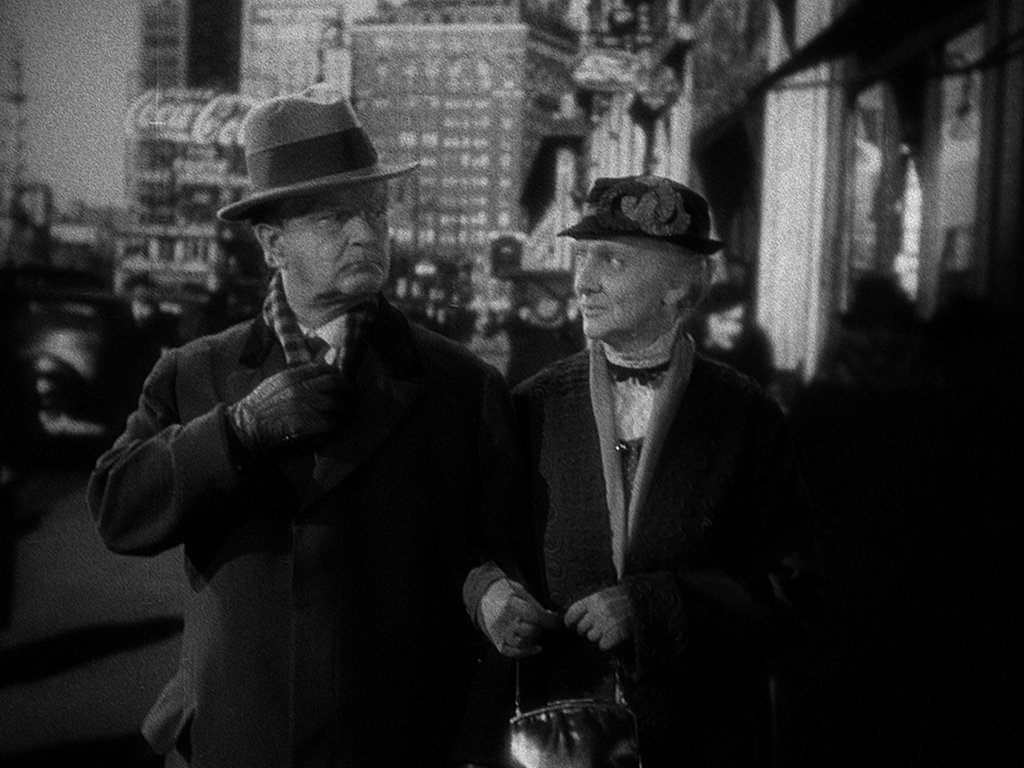
In the 1930’s, versatile director Leo McCarey produced some of his best remembered works, such as the enduring comedies The Awful Truth and Duck Soup. He also ventured in drama and the final result was a critically acclaimed, but little-known masterpiece.
1937’s Make Way For Tomorrow presents a surprisingly realistic account of a family trying to deal with the living arrangements for their elderly parents. When the couple loses their home they are forced to ask their adult children for shelter, but they all have their own problems to deal with. A sad, but lifelike situation that could very well be happening in the 2010’s.
It would be an easy way out for McCarey to make a Manichaeism picture, in which the parents are solely the victims, and their kids; practically evil incarnate, but instead he chose not to point fingers: the sober script shows the children genuinely trying, still their natural selfish streak gets in the way and, of course, one can easily sympathize with the old couple’s situation, however they are indeed inevitably inconvenient.
A difficult case, certainly involving difficult parts to play, the tearjerker makes up for the lack of star names with some wonderful character actors in rare leading parts. Moving and subtly funny in the best McCarey style, this almost forgotten classic is up there with Tokyo Story as one of the best films ever made on the subject of aging.
5. The Prisoner of Zenda (1937)
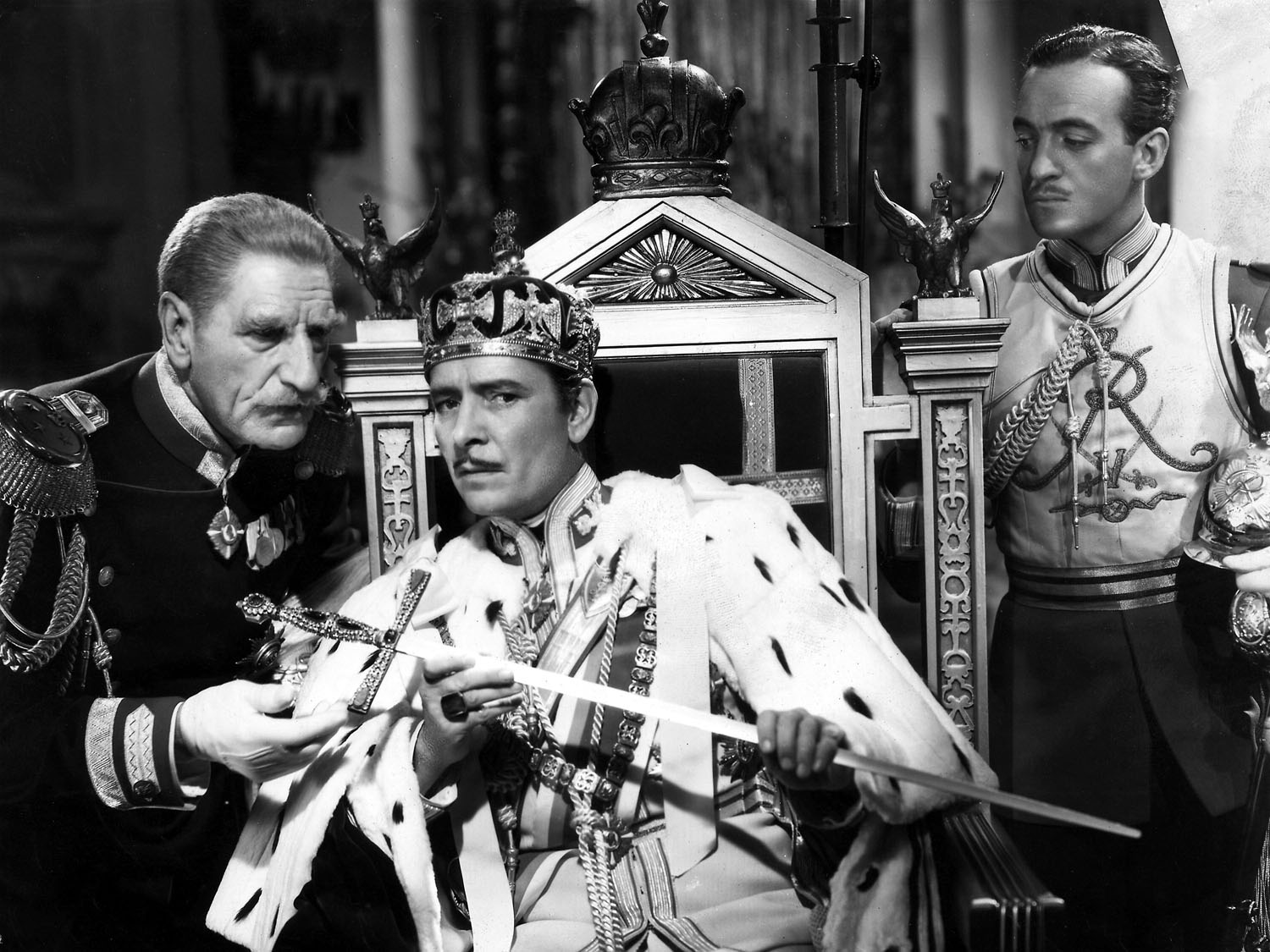
The 1937 adaption of Anthony Hope’s celebrated novel is a romantic adventure to challenge Errol Flynn’s best Warner Brothers vehicles. An almost flawless swashbuckler, David O. Selznick’s production has Ronald Colman as the title character, playing the dual role of the soon-to-be-king and his look-alike cousin who must save the day when the nobleman’s villainous brother Michael tries to prevent his coronation.
David Niven and C. Aubrey Smith are the king’s loyal companions and they do a marvelous job, but beside Colman, who truly shines here is Douglas Fairbanks Jr, in quite possibly the best role of his career, as Michael’s ruthless ally, Rupert of Hentzau.
As for the leading-ladies, Madeleine Carroll and Mary Astor are more than a match for their co-stars, respectively as the enchanting Princess Flavia, the king’s fiancée who finds herself falling for his impostor; and Antoinette, Michael’s devoted lover who is forced to betray her beloved for his own sake.
One of those movies that truly offers something for everybody, The Prisoner of Zenda was so successful upon its release MGM literally copied the film 15 years later and, although the 1952 version features an equally glamorous cast the old saying rings true: nothing beats the original.
6. Holiday (1938)
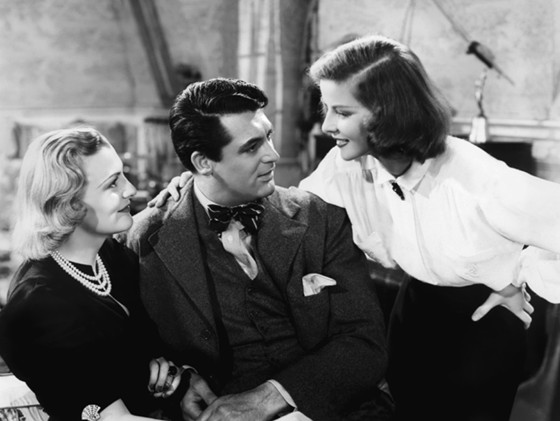
Katharine Hepburn and Cary Grant made four films together: a bad one (Sylvia Scarlet), two treasures of American filmmaking (Bringing Up Baby and The Philadelphia Story) and the seldom discussed gem Holiday.
Directed by Hepburn’s frequent collaborator and friend George Cukor, the film has Grant as Johnny Case, a successful young man who’s engaged to millionaire heiress Julia Seton (Doris Nolan). Johnny’s free-thinking ways are unpopular with his fiancée and her father, especially when he reveals his wish to quit his job and enjoy a few years of his youth on “holiday”.
On the other hand, Julia’s alcoholic brother Ned ( Lew Ayres) and her open-minded sister Linda (Hepburn) are all for it and Johnny must choose between security and his dreams and, at the same time figure out his love life, since he soon finds himself falling for his sister-in-law.
A charming blend of romance, comedy and drama, Holiday is a heartfelt tale about life’s difficult choices. Its theme, of the importance of independence and love over wealth and social acceptance is still relevant today and the viewer gets to learn this lesson while seeing two of Old Hollywood’s greatest stars shine beside each other.